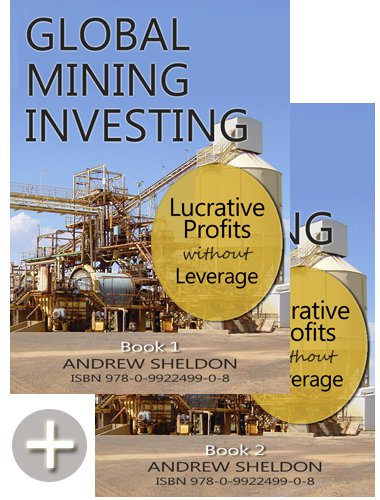
As we can see from the chart below we are looking at the USD felling to the JPY101.8 level in the short to medium term. The rationale for that is the more vulnerable US economy, the prospect for an Fed rate cut in the USD, and the unwinding of the carry trade.
At some point in time the USD might fall through this support, but it remains strong for now. Longer term I think it depends on what Japan does to arrest the impact of a softer economy. Historically Japan has been a country capable of radical reforms. eg. The Black Ships, Meiji Era, post-WWII reconstruction. But first it needs to develop some backbone. The current generation of Japanese people just have not suffered enough. The transition continues slowly.
It will take a charismatic leader with good advisors, but unfortunately they are likely to have streaks of nationalism in their air, so lets not hope for too much. But in true Japanese style, its just as likely to be just another pop-facade, ie. Kozumi - Mark II. My favourite Japanese politician is the Major of Nagano. He is a very smart guy, and he rides to work on a Harley Davidson with a side car if I'm not mistaken. Legend! Dancing with Richard Gere makes Kozumi a poor second. Having said that - you an't take Japan too seriously. Not for the time being. The US economy is by far the more flexible economy, so they are the odds-on favourite to hold that support at this time despite their problems in the debt & property markets.
- Andrew Sheldon www.sheldonthinks.com






![[Most Recent Exchange Rate from www.kitco.com]](http://www.weblinks247.com/exrate/24hr-jpy-small.gif)
![[Most Recent Exchange Rate from www.kitco.com]](http://www.weblinks247.com/exrate/24hr-euro-small.gif)
![[Most Recent Exchange Rate from www.kitco.com]](http://www.weblinks247.com/exrate/24hr-aud-small.gif)


